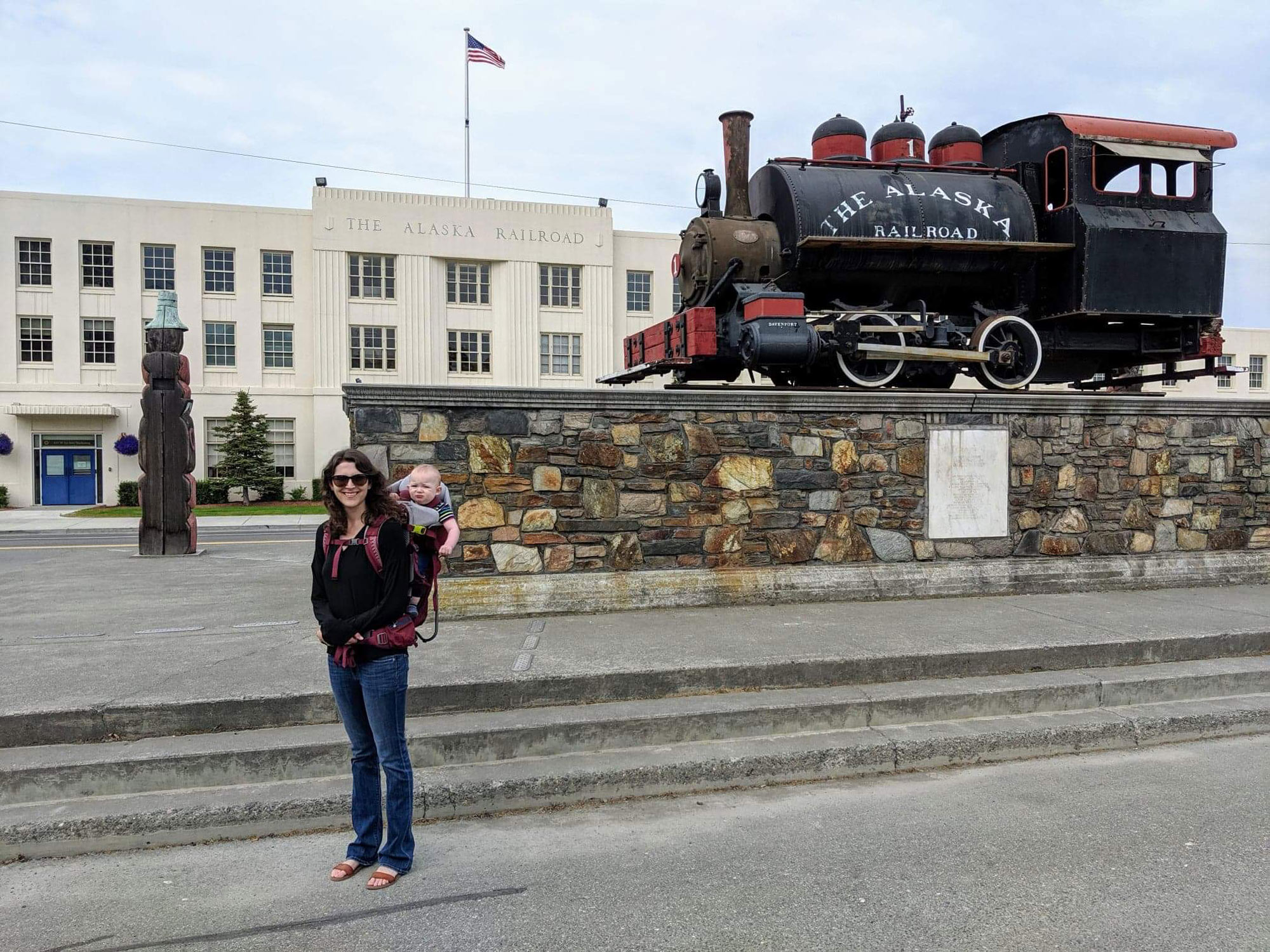LECOM and Seton Hill Partnership Celebrates 10 Years

Ten years ago, Alexandria (Cisowski) Boley arrived on Seton Hill’s campus as a freshman – and the first student to enroll in the university’s new cooperative degree program with the Lake Erie College of Osteopathic Medicine (LECOM).
Today, Boley is a pediatrician in Wasilla, Alaska, working in a Native Alaska Primary Care Clinic providing care to a unique population with specific health care needs.
“It is amazing that it has been 10 years since the LECOM - Seton Hill partnership started!” Boley said. “Thinking about where I am now makes me extremely thankful that Seton Hill provides this opportunity. I am fortunate to get to work side by side with family medicine physicians to keep the family unit together under one provider but to provide specialized pediatric care to high risk children and be available for consultation of pediatric problems.”
Since LECOM opened the doors to its Seton Hill campus in 2009, more than 700 physicians have graduated and are working in hospitals, physician’s offices and other health care settings.
In particular, these doctors are filling a need for physicians in underserved communities where finding health care has been a challenge.
And, with an enrollment of more than 400 medical students, LECOM at Seton Hill is providing an economic boost to the Greensburg community.
“Seton Hill’s partnership with Lake Erie College of Osteopathic Medicine is fulfilling a need for highly-trained physicians to serve both urban and rural populations,” said Seton Hill President Mary C. Finger. “In doing so, this partnership truly fits the mission of Seton Hill University by educating students to transform the world.”
Dr. Boley said the Seton Hill prepared her for the rigors of medical school at LECOM – and her career as a physician – in a number of ways.
“My time at Seton Hill fostered my interest in not only medicine but in relating and working well with others,” she said.
“I found my liberal arts education and Seton Hill’s undergraduate health science and pre-med curriculum to be a great base in the future I wanted in medicine. It helped me to push through some of the challenges that medical education and practice creates. Having a strong set of educators that encourage you to be the best you can be from the start is crucial to creating resilience. It also has fostered a desire for teaching that has carried through my education and career.”
"My time at Seton Hill fostered my interest in not only medicine but in relating and working well with others."
Cora Blodgett and Arun Thalody – both 2019 Seton Hill graduates who are in their first year at LECOM – said the university’s partnership with LECOM piqued their interest in attending Seton Hill, but small class sizes and the welcoming nature of the campus caused them to enroll.
Both said their Seton Hill classes and professors have prepared them for LECOM in a number of ways.
“Our Seton Hill coursework helped us learn how to prioritize,” Thalody said. “We know how to study. Our classes taught us how to manage stress as well.”
“There were professors who challenged me to find good study habits before I got to medical school that helped me tremendously,” said Blodgett.
While Thalody plans to explore different types of medicine during his clinical rotations, Blodgett already has her career path set.
She joined the Army after her Seton Hill graduation and will become an Army physician after completing medical school. Ultimately she would like to work for the VA and help veterans suffering the effects of their service.
“Their struggles make me want to work and serve our military personnel and veterans who sacrifice everything for us,” she said.
Photo, top: Seton Hill 2019 graduates Cora Blodgett and Arun Thalody are currently in their first year at LECOM at Seton Hill.
Photo, right: Dr. Alexandria (Cisowski) Boley, who was the first student to enter Seton Hill’s LECOM partnership, is now serving as a pediatrician for Native Alaskan children at a family clinic in Alaska.
The article originally appeared in the Fall/Winter 2019 Forward magazine.

